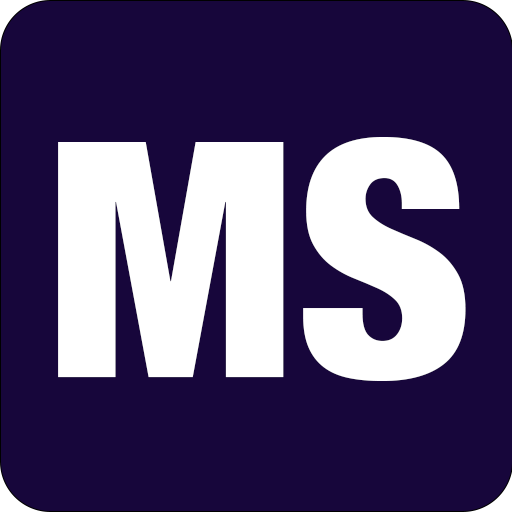Migrating from Capture One to Lightroom
When Apple stopped developing Aperture I switched to Capture One as my image editing and asset management software. Capture One just as Adobe Lightroom offered an importer for Aperture libraries, which made the transition fairly simple. 12 months later I am switching again, this time to Adobe Lightroom because Capture One (version 8 as well as 9) did not fulfill my expectations of a professional tool. While the quality of the raw file conversion is outstanding, it lacks in digital asset management features, has quiet a few bugs and worst of all, the performance is just too slow when using the catalog feature with a large amount of images (using catalogs with 10.000 – 40.000 images).

While migrating from Aperture to either Capture One or Lightroom is fairly easy, the same can not be said about migrating away from Capture One, as there is no import plug-in for Lightroom. To me most important was the metadata of the images like titles, captions, keywords, ratings and flags. I was willing to loose things like albums, especially since I usually organize shoots in individual folders. In some cases I temporarily set a metadata ITPC field with the name of an album, so that I could recreate the collection later in Lightroom.
In order to migrate the metadata, the main trick is to use XMP sidecar files. XMP stands for Extensible Metadata Platform and is an ISO standard for standardized and custom metadata.
In Lightroom we are importing the folders with the original images, so it is important to use referenced files in Capture One and have the images organized on the file system, e.g. by year, month, shoot etc. Images that were stored within the catalog in Capture One I just moved to one folder location and then let Lightroom organize the files into separate image folders during the import. Also there were some edits I didn’t want to loose, so I let Capture One process those again and store the results in the same location as the original RAW files.
After the files were all in the right place, the first attempt was to enable full auto sync of sidecare XMP in the Capture One preferences.

Capture One will then start to write the XMP files for all images in the catalog. Depending on the size of the catalog that will take a long time (hours!). If you want to use Capture One next to Lightoom, you could leave this enabled but with my large catalogs it made Capture One completely unusable as it was permanently busy checking the XMP files for changes. After a day with Lightroom I already knew I wasn’t going to use both or switch back, so I didn’t need full sync.
It is easier and faster to do it only for selected images and import those in Lightroom in batches. Make a selection (e.g. an album or a month/year), go to the metadata options in Capture One and click on the 3 dots to show the additional functions. Here there is a ‘Sync Metadata’ feature that will generate the XMP files only for the selected images.
Once the XMP files have been generated it is just a matter of importing the images in Lightroom. Since I wanted to leave the images at their current location I used the ‘add’ mode during import. When importing those images that had been stored in the catalog and had not been organized on the file system yet, I imported using the ‘move’ mode and then let Lightroom move them to folders organized by date etc.
Unfortunately this did not work with jpg files. Even though Capture One wrote the XMP files also for the jpg files, Lightroom did not read their metadata. This is a limitation of Lightroom. XMP sidecar files are only working with RAW files. Here good old Aperture came to the rescue since Aperture reads XMP sidecar files of jpg images during import and then we can import the Aperture library directly in Lightroom. An extra step that takes some time but luckily I’ve been shooting RAW most of the time.
Like this I was able to migrate all of my Capture One catalogs to Lightroom within a few days and so far I am glad that I made the switch.
